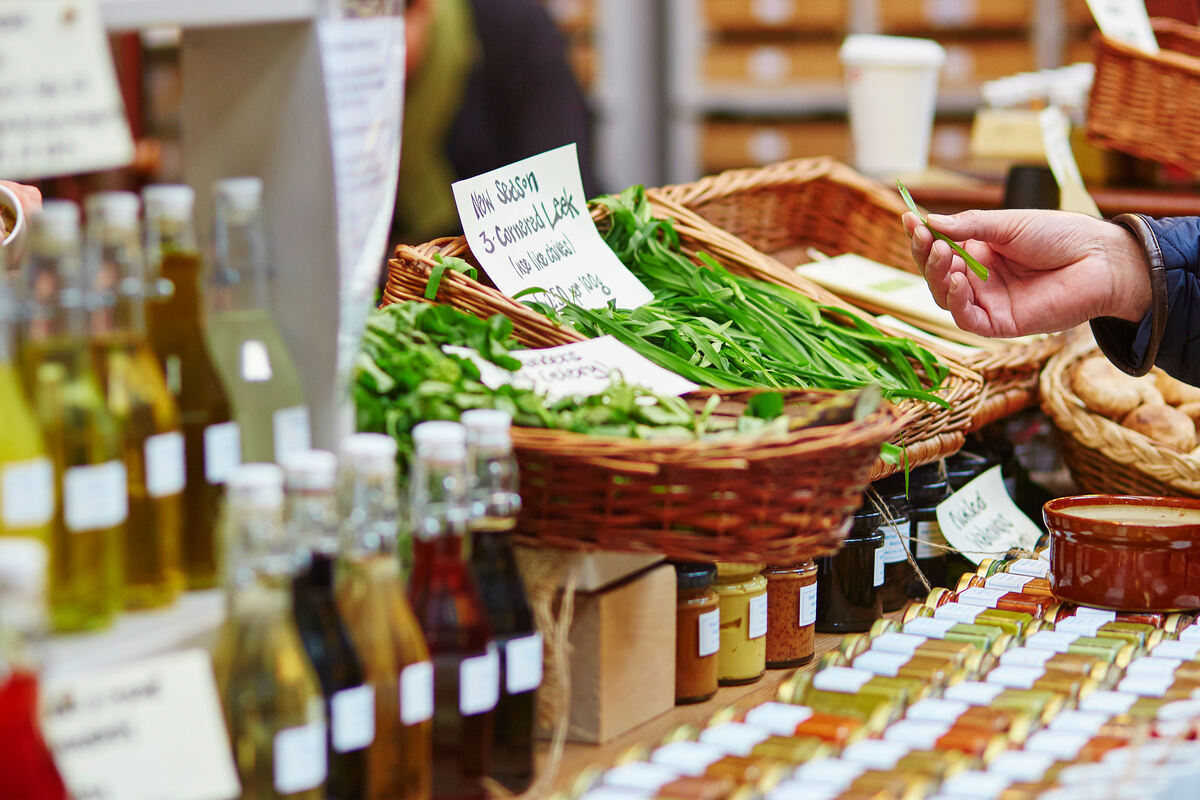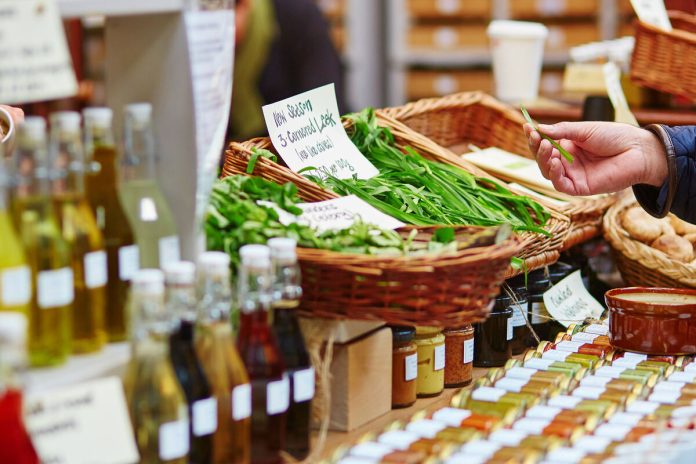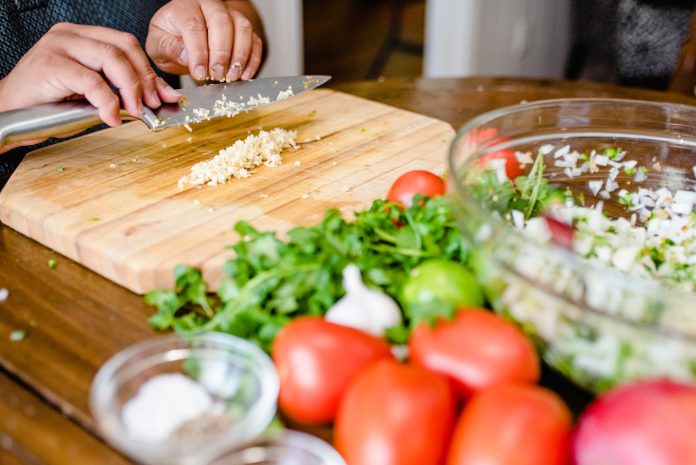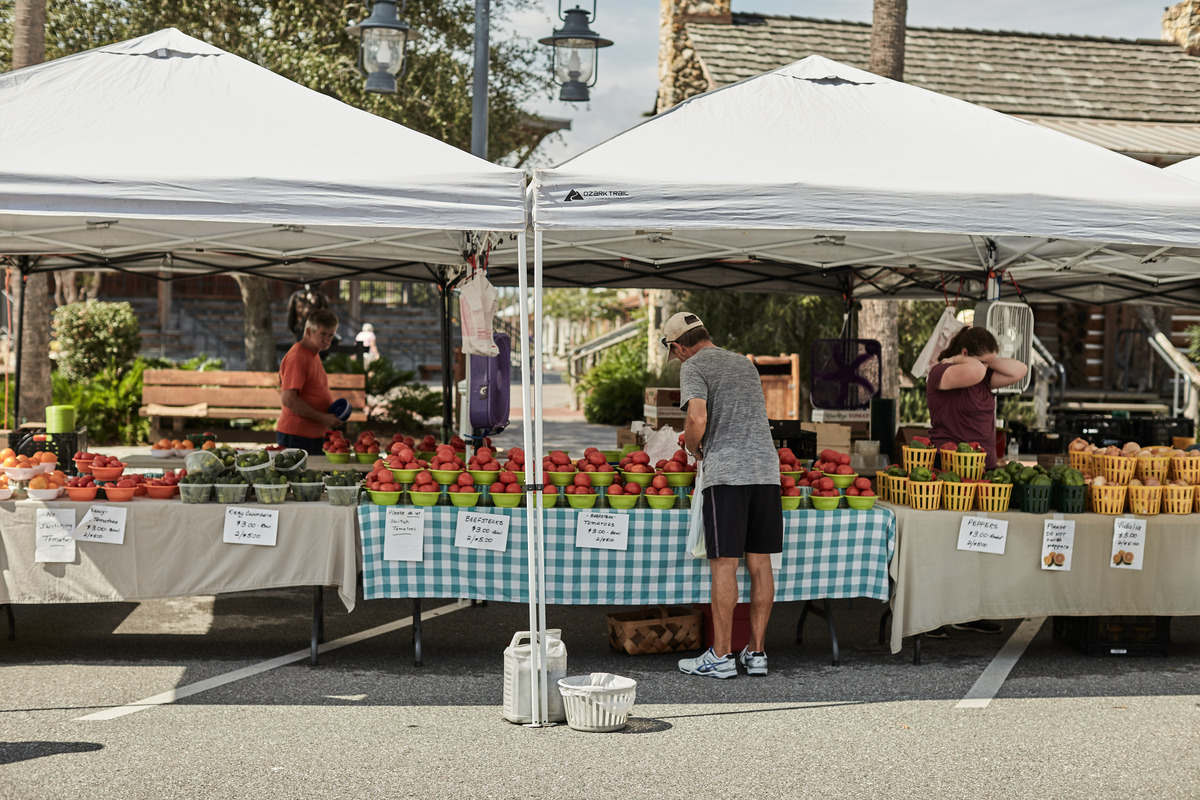Buying local food is one of the most effective ways to act sustainably and enjoy the freshest ingredients. But if you’re new to local sourcing, figuring out where to start can feel overwhelming. Knowing how to shop for foods grown within your region not only boosts your connection to community agriculture but also reduces environmental impact. Our quick guide can make this process easier and more rewarding.
Discover Seasonal Produce Availability
Different regions have unique growing seasons, so learning what grows when is key. Your area might have a bounty of strawberries in early summer or fresh squash in the fall. Chatting with growers or reviewing local agricultural charts can help you pinpoint what’s in season. This way, your meals reflect the best flavors of your area at any given time.
Visit Farmers Markets and Roadside Stands
Farmers markets offer a direct path to fresh, regional food. Vendors are often producers themselves, which means you can easily find out where your food comes from. Roadside stands also pop up during peak harvest times. They’re a fantastic place to snag homegrown fruits, vegetables, and other products. Most sellers are eager to share their knowledge, so don’t hesitate to ask about their growing practices to ensure they align with your sustainability goals.
Read Labels While Shopping
Even in larger grocery stores, you can sometimes find food from nearby farms. Labels often include details like the farm name or location, which makes it easier to identify regional products. If information feels unclear or not readily available, talking to store employees can provide more clarity. Supporting stores that prioritize local produce is another great way to champion community-based foods.
Build Relationships With Growers
Engaging with local farmers personally opens the door to endless benefits. Some farms offer CSAs (Community Supported Agriculture), a form of subscription where members receive weekly bundles of just-picked produce. Others might host workshops or tours, giving you firsthand exposure to their methods. Building rapport within your agricultural community is an enriching way to establish trust in the food you’re buying.
Explore Local Events
Your region likely has hidden gems in terms of food-focused activities. Attending local markets and county fairs can benefit nearby farmers and bring you closer to the agricultural heartbeat of your area. Such events often feature tastings, cooking classes, and even farm-to-table dinners. These experiences deepen your appreciation for local food traditions while helping you uncover new sources for fresh products.
Fresh Food, Fresh Lifestyle
Eating fresh foods from your neighborhood is more important than ever. It’s a way to cut down on carbon footprints, back small-scale farmers, and savor nutrient-rich meals. Shopping locally goes beyond nourishment; it nurtures the environment and strengthens ties to your community’s food systems. By making mindful choices, you’re becoming a part of a larger movement toward sustainability and healthful living.
Closing Remarks
Learning how to shop for foods grown within your region ultimately connects you to the land and the people who cultivate it. The steps are simple and rewarding, from seasonal awareness to exploring local markets and events. By incorporating these habits into your routine, you’re not just shopping—you’re supporting. And that’s a step toward a healthier, more sustainable future.










